hyperallergic – An exhibition at the Louvre-Lens gathers 19th-century Persian artworks, design objects, fashion, photos, and more, many of them on view outside Tehran for the first time.
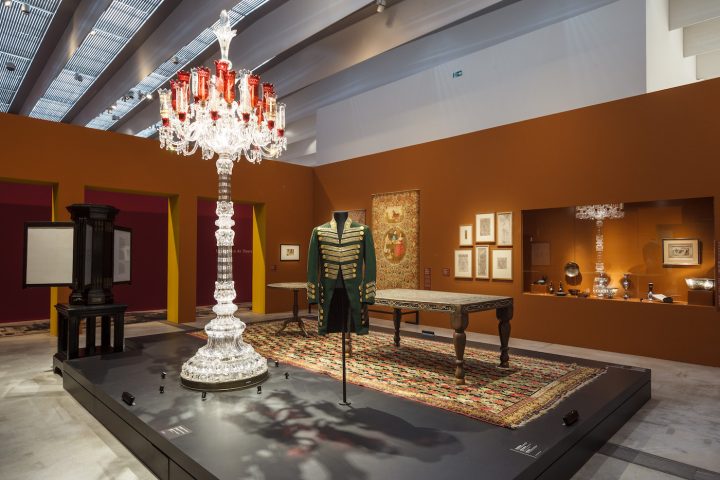
LENS, France — Last month, on the occasion of the Persian new year celebrations of spring, the Louvre museum’s outpost in northern France opened a major exhibition of Qajar dynasty treasures from present-day Iran. The Rose Empire: Masterpieces of 19th Century Persian Art — curated by Gwenaëlle Fellinger, senior curator of the department of Islamic Art at the Louvre, and Hana Chidiac, head of the North African and Near Eastern collections of the Quai Branly Museum — benefits from key loans from the Golestan Palace, the royal palace of the Qajar dynasty in Tehran, which currently houses an extensive collection of 18th and 19th century Iranian art. Many of the objects on view have never left the country before. TheRose Empire aims to reintroduce this often-misinterpreted period in Iranian history through its remarkable artistic creations and its importance in the development of modern art in Iran, while highlighting parallels to French history of the same period.

Over 400 works of painting, drawing, enamelwork, laquerware, carpet, jewelry, costumes, and decorative and ceremonial objects are on display, thematically installed in four rooms that are ravishingly designed by French haute couture fashion designer, Christian Lacroix. He aimed to recreate the sensation of walking through a Qajar palace by covering the walls in silk and the floors in carpet, highlighting the extravagance of the Persian textiles and interior decoration.
Rose Empire is the first major show of Qajar art in continental Europe. The previous exhibition that focused on this period of Iranian art, Royal Persian Paintings, The Qajar Epoch, 1785–1925, dates back to 1998; it started at the Brooklyn Museum in New York and then travelled to SOAS University of London’s Brunei Gallery. The French fascination with Iran mainly encompasses ancient history, as the country partook in archeological excavations across Iran. But French museums have hardly looked at more recent periods like the 19th century.
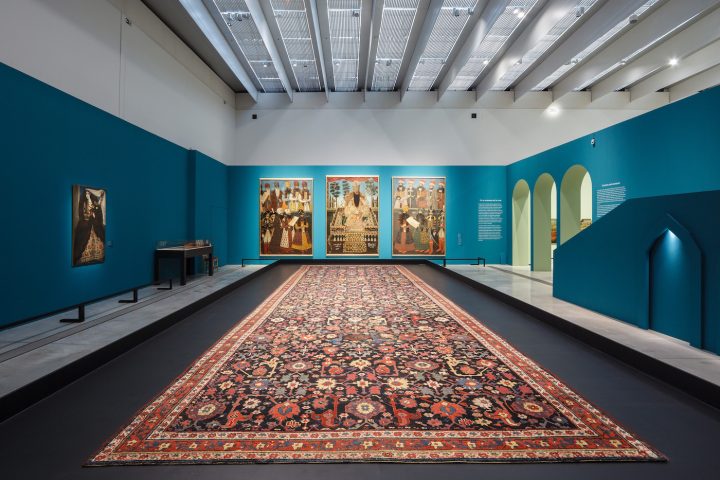

The Perso-Islamic Qajar monarchy ruled Iran from 1785 to 1925, spanning seven kings, who shared a taste for art as both patrons and amateur artists and calligraphers themselves. Portrait paintings that were unacceptable in previous Islamic dynasties became popular and the foundations of Iranian photography and cinema were laid by the enthusiastic support of the rulers of the time. The Qajar period brings to mind an era of foreign intrusions and civil unrest, but there was also a palpable boost in the arts and crafts of the time. This was driven in part by a desire to reach a definition for Iranian art in dialogue with modernity.
The exhibition takes its title from the book of poems by 13th century Persian poet Saadi titled Golestan (or, “The Rose Garden”), which was later translated into French as L’Empire des roses by Andre du Ryer; it also refers to the Qajar palace in Tehran of the same name. The rose motif is a distinctive element in Qajar art, a theme called “Gol o Bolbol” and explored in Persian art and literature. Gol (the rose or flower) alludes to the beloved, while Bolbol (nightingale) symbolizes the lover. The nightingale’s devotion to the rose is a metaphor for both spiritual and earthly love. Though the theme of rose and nightingale predates the Qajar era, by the 19th century, Gol o Bolbol imagery had become synonymous with Persia and its culture — exemplified here by the meticulously crafted “Binding Decorated with Flowers and Birds,” from the collection of the Louvre.
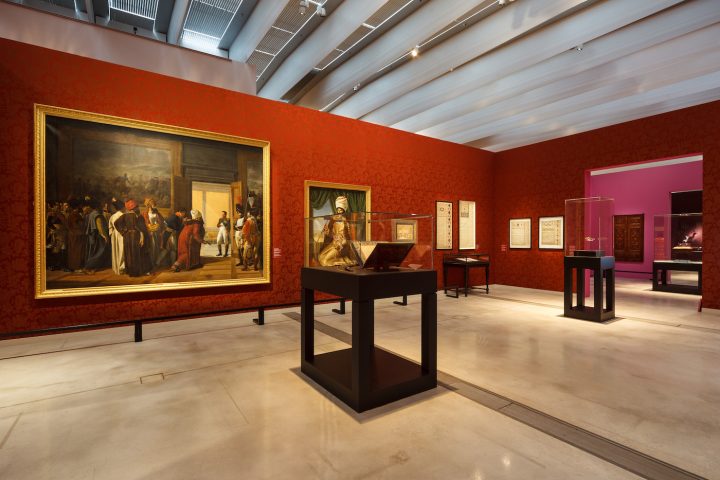

Naser al-Din Shah Qajar, the king of Persia from 1858 to 1896, was particularly passionate about art, literature, and music. His fascination with photography began shortly after its invention in 1839, and the first daguerreotype arrived in Iran just three years later. Within a decade, Naser al-Din Shah learned photography from the French photographer Francis Carlhian, dedicated an exclusive space to photography in his palace, ordered the opening of the first public photo studio in Iran, and supported the addition of photography lessons at Dar ul-Funun, the first modern institution of higher education in Iran. His interest in and support for the medium not only resulted in the development of various artistic movements in reaction to photography (for example, Kamal al Molk was able to figure out the basics of perspective by painting in a realistic manner from photographs, which he later perfected in Europe); it also left behind an extensive visual record of the Qajar dynasty that helped solidify its place in Iranian history. As many as 19,000 photographs and films are conserved in the Golestan Palace’s collection, and many are presented in The Rose Empire.
Appropriately, given Naser al-Din Shah’s fascination with the European culture of his day, the Louvre-Lens exhibition coincides with a major showcase of works from the Louvre at the National Museum of Iran in Tehran. According to Jebrail Nokandeh, the director of Iran’s National Museum, in its first three weeks The Louvre at Tehran received 100,000 visitors, which is the number that was predicted for the entire three-month run of the show. Both exhibitions are believed to be outcomes of an agreement, signed between Iran and France during President Hassan Rouhani’s trip to Paris in 2016, expanding cultural exchanges between the two countries.
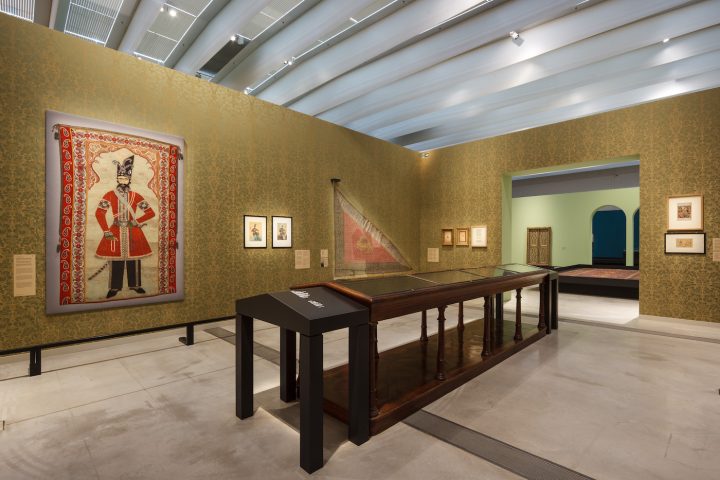
The rule Naser al-Din Shah, who was conspicuously fond of Imperial France, witnessed a number of aesthetic changes in Iran. During multiple trips to Europe, he developed an eye for European decorative arts and fashion. He ordered crystal objects and chandeliers to be incorporated into the interior design of his palace (an example, “Candelabra of the Shah of Persia,” is on view here); commissioned court paintings of himself similar to those of Napoleon III, the most important one being Kamal al Molk’s “Mirror Hall” (1896); and demanded a transformation of military costumes to resemble the modern ones he had seen abroad.

Another major change of the Qajar era concerned women’s fashion. Though women wore veils outside, their outfits in private were often vibrant, colorful, and carefully crafted; the painting “The Young Woman with a Chador” illustrates this contrast exquisitely. By the second half of the 19th century, at Naser al-Din Shah’s request, the long skirts previously favored by women were replaced by short and pleated ones, in imitation of the bell-shaped tutus he saw during Ballets Russes performances in Paris. Several of these outfits are on view in the Louvre-Lens show, conveying the sweeping artistic and social upheavals of the period. The Rose Empire offers an aesthetic journey through 19th century Iran that diverges from the Euro-American perspective imposed upon most exhibitions on the art and cultures of Western Asia. Its unique and enlightened perspective leaves visitors eager and well equipped to learn more about the country’s aesthetic changes in the aftermath of the Qajar dynasty.
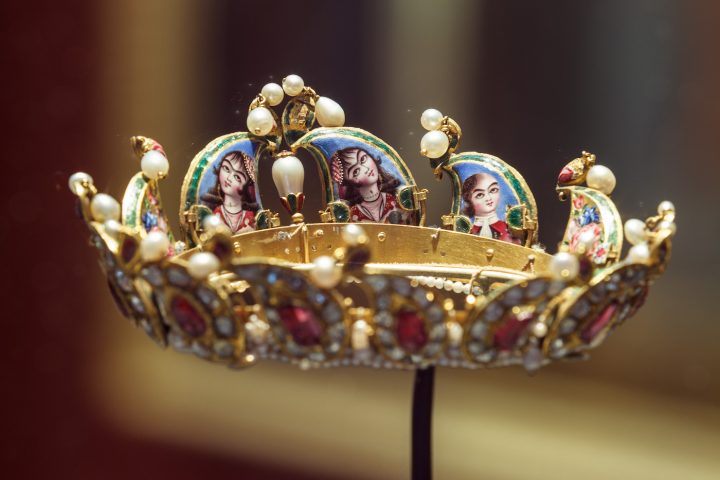
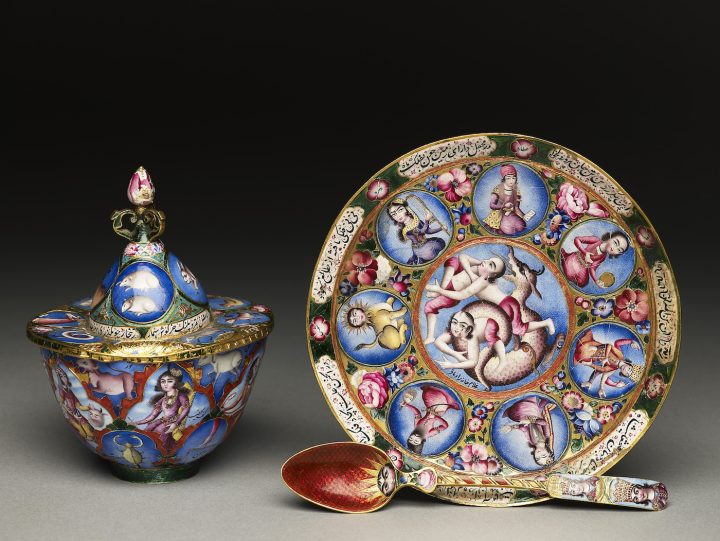

The Rose Empire: Masterpieces of 19th Century Persian Art continues at the Louvre-Lens (99 Rue Paul Berbt, Lens, France) through July 23.
 Shabtabnews In this dark night, I have lost my way – Arise from a corner, oh you the star of guidance.
Shabtabnews In this dark night, I have lost my way – Arise from a corner, oh you the star of guidance.


